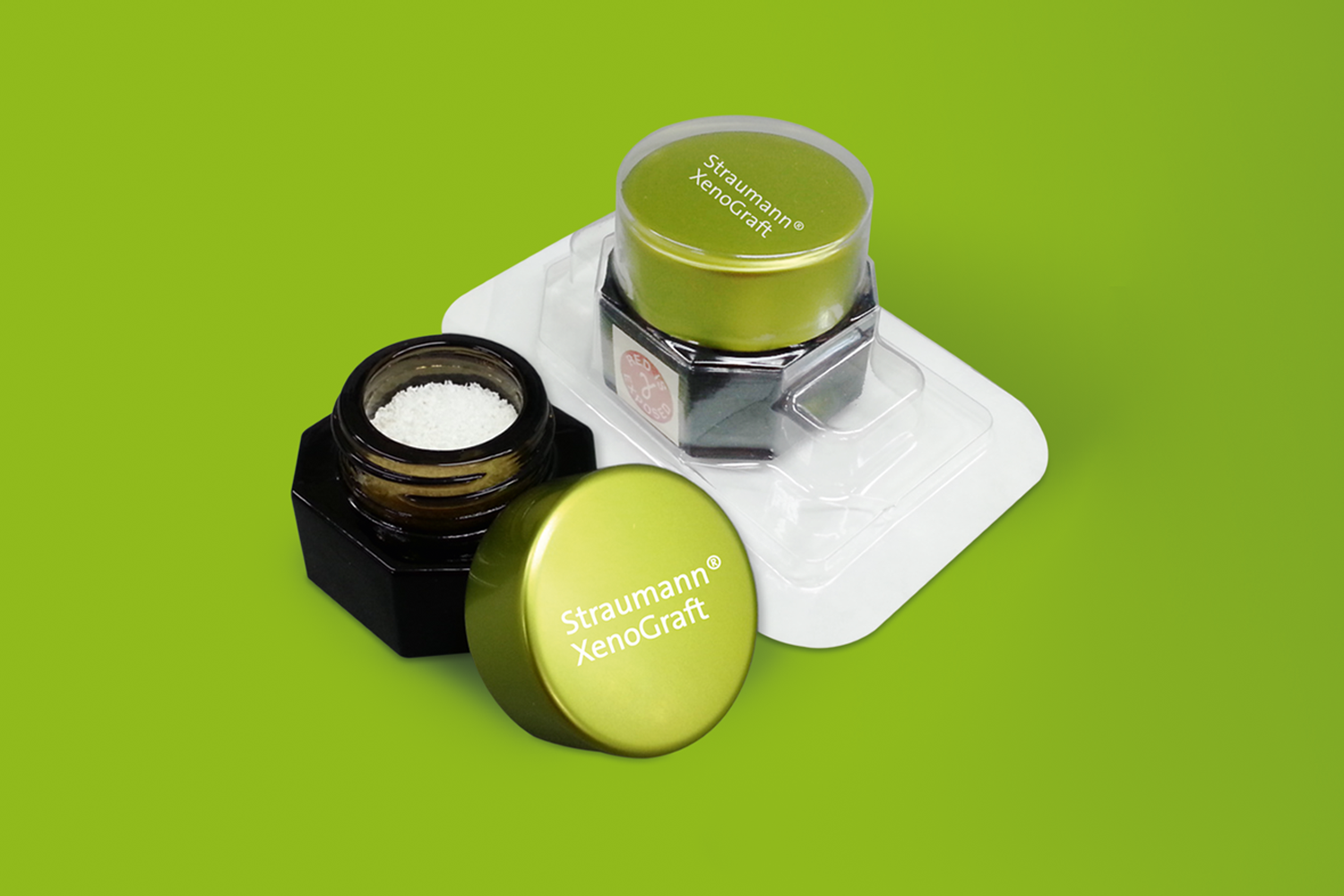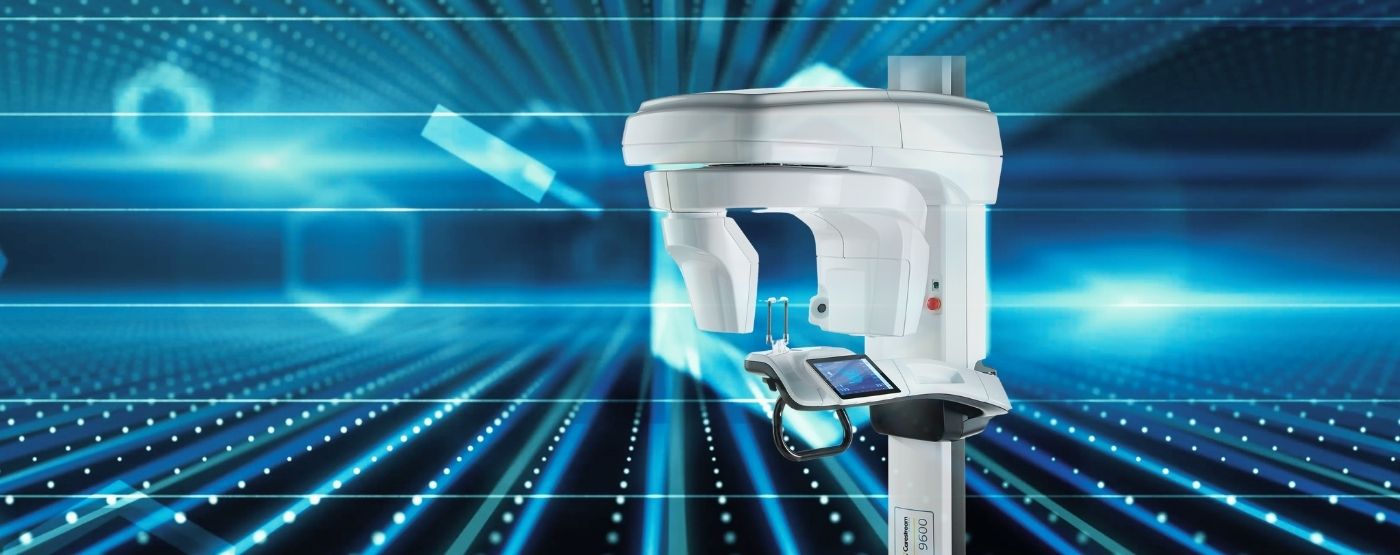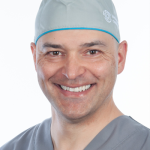Dental implants are the ultimate restorative solution for edentulous patients. The ability to provide patients with this gold standard[i] solution will enable them to enjoy the benefits of excellent functionality and natural looking aesthetics, which are generally harder to achieve with removable prostheses.[ii] This is in addition to the oral hygiene benefits of cleaning around the implant retained prosthetic as you would a natural tooth, simplifying long term care.
However, when a tooth is extracted (or lost by other means), patients are likely to experience bone atrophy to varying extents. This bone reduction is irreversible and involves loss of both the width and height of the hard and soft tissue. In some cases, this means that extensive reconstruction is needed to create sufficient space for implant placement. Because of this, in some cases, patients are unable to access this restorative solution. To maximise the opportunities for patients to receive dental implant treatment, professionals must often explore the options to limit alveolar bone resorption and undertake procedures to maximise bone volume.[iii]
Challenges presented by reduced bone volume
Where insufficient bone volume in unavoidable or already an issue, this may mean that implants are much more difficult, risky, or at times not possible to place. In certain situations, for example when a patient has poor dental hygiene, bruxism, or unstable periodontal disease, dental implants may be contraindicated.[iv] Instead, clinicians may recommend removable prostheses to enable patients to retain some function, and achieve a relatively aesthetic outcome.
In other situations, bone and soft tissue grafts may be necessary to gain sufficient volume for implant placement.iii This requires additional time and expense for the patient and the clinician.
What factors impact alveolar ridge resorption?
There are a number of factors which might affect the amount of bone lost after an extraction or tooth loss. If a patient has already lost a tooth, you can expect more extensive bone loss the longer it has been missing, and it is likely that bone grafts will be required to maximise bone quality and/or volume prior to implant placement.[v]
In any case, the extent of bone loss could be impacted by the shape of the socket, the number of adjacent teeth lost or being removed and the gingival biotype. This is in addition to external factors such as systemic illnesses, whether or not the patient is a smoker, and the patient’s oral health compliance.iii
When possible, clinicians should first consider the best ways to preserve alveolar bone post extraction, facilitating effective dental implant placement without the need for extensive bone grafting procedures.iii
Alveolar ridge preservation for ideal conditions
Where alveolar ridge preservation (ARP) is appropriate, it can be successfully employed to retain as much of the natural bone structure as possible while the site is healing.iii When compared to extraction alone, ARP procedures are shown to be effective in reducing the amount of alveolar ridge resorption seen. Research suggests that treatment can result in an average retention of 1.89 mm in buccolingual width, 2.07 mm in midbuccal height and 1.18 mm in midlingual height when compared to extraction alone. This makes this type of treatment very effective for maintaining bone volume.iii
 By applying a xenograft or an allograft to the extraction site, you can expect superior bone height preservation.iii Therefore ARP can make implant placement more straightforward, and improve treatment outcomes.
By applying a xenograft or an allograft to the extraction site, you can expect superior bone height preservation.iii Therefore ARP can make implant placement more straightforward, and improve treatment outcomes.
Choosing the best biomaterials for ideal outcomes
To create ideal conditions for dental implant placement by maximising the alveolar bone volume, material selection is important. Clinicians should select a high-quality xenograft, allograft, and/or membrane,iii and use as necessary to create sufficient volume.
Straumann prioritises quality, and understands that each patient is unique and will require individualised materials for high standards of care. Straumann offers a wide-reaching portfolio of biomaterials, to make sure that you have the best solutions for a range of needs including periodontal regeneration, wound healing, bone regeneration, and soft tissue management. By providing innovative individual solutions, Straumann helps you to take on every challenge.
Maximise your patients’ potential for dental implant treatment by helping them to preserve as much alveolar bone volume as possible. Implant treatment is the ultimate replacement for missing teeth or failing and will help to restore your patients’ function and aesthetics. If you are able to retain large amounts of a patient’s bone volume through ARP, you will be able to save patients time and money, and make implant placement more straightforward.
For more information about biomaterials from Straumann please visit www.straumann-uk.co/biomaterials
[i] Saha S, Ray-Chaudhuri A. Mandibular implant-retained complete overdenture using retentive abutments: a case report. Dent Update. 2009 Apr;36(3):154-8. doi: 10.12968/denu.2009.36.3.154. PMID: 19480103. https://pubmed.ncbi.nlm.nih.gov/19480103/
[ii] D’Addazio, G.; Xhajanka, E.; Cerone, P.; Santilli, M.; Rexhepi, I.; Caputi, S.; Sinjari, B. Traditional Removable Partial Dentures versus Implant-Supported Removable Partial Dentures: A Retrospective, Observational Oral Health-Related Quality-Of-Life Study. Prosthesis 2021, 3, 361–369. https://doi.org/10.3390/ prosthesis3040032 file:///Users/officeone/Downloads/prosthesis-03-00032-v2.pdf
[iii] Avila-Ortiz G, Elangovan S, Kramer KW, Blanchette D, Dawson DV. Effect of alveolar ridge preservation after tooth extraction: a systematic review and meta-analysis. J Dent Res. 2014 Oct;93(10):950-8. doi: 10.1177/0022034514541127. Epub 2014 Jun 25. PMID: 24966231; PMCID: PMC4293706. https://www.ncbi.nlm.nih.gov/pmc/articles/PMC4293706/
[iv] file:///Users/officeone/Downloads/Implant%20guidelines.pdf
[v] Oikarinen, Kyösti S., et al. “Augmentation of the narrow traumatized anterior alveolar ridge to facilitate dental implant placement.” Dental Traumatology 19.1 (2003): 19-29. https://d1wqtxts1xzle7.cloudfront.net/45844862/Augmentation_of_the_narrow_traumatized_a20160521-28564-1082bdg-libre.pdf?1463886615=&response-content-disposition=inline%3B+filename%3DAugmentation_of_the_narrow_traumatized_a.pdf&Expires=1671110292&Signature=DwmRJNsfEMiLCjSX7nIuhATwI4OnuXz0wepTd~Z4mxLQUtSpHg7Wrtv5-4CZASx5u3OP2yTQPCSGokF3gFCS2SncVBE7LOH32arwtlSAf4eKU6~VyNgN70ynA3wte4J89hN0VFUM7-pOcIa9CqSaCPUQDaQc3Fn85Qyat0KY90L9CBCd6x3heeaQNOuQcer4cEYJb9E2xU3Yhba-YrUu~S6XGS8y7JNpVu2QKv5CaxoJtpu1tPyklWlpZPiLqiqP4uRUtuAQ45mOrn8RMhq7wm-k1P58J1YbI8jzfSlH54I~EOKBY-rDgM58SNxGDhkNTvgT0mr3Sy8Fr3ti15yCPw__&Key-Pair-Id=APKAJLOHF5GGSLRBV4ZA













